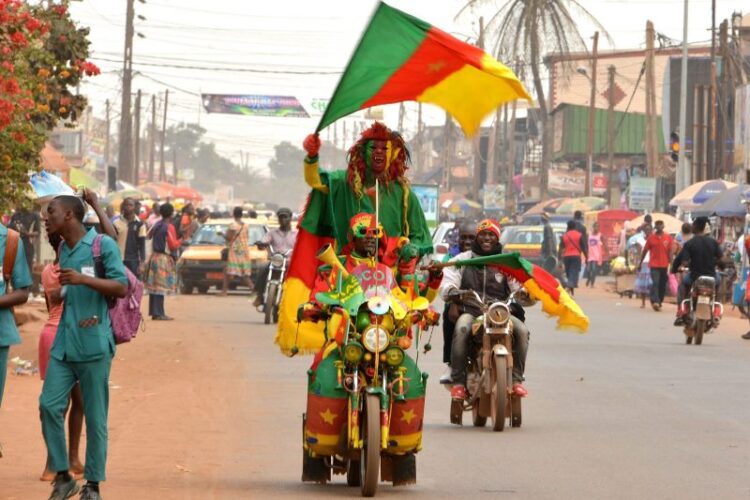Cameroon experiences an acute humanitarian crisis because rising violence between its Far North and South West regions forces mass population movements along with extensive human distress.
The Far North region experienced severe floods combined with continuous violence which resulted in displacing 365,000 people as houses and medical facilities and agricultural resources suffered destruction.
Security difficulties throughout aid delivery routes have intensified public health risks while creating barriers to essential aid delivery.
UNFPA has implemented direct responses to the crisis through its provision of life-saving sexual and reproductive health services. Since the beginning of their operation they have served more than 3,500 people among whom are pregnant women who received antenatal care combined with delivery assistance.
UNFPA’s mobile clinics together with their support of midwives have provided obstetric care which treated hundreds of women through the obstetric process.
Further funding remains essential because the current appeal of $11.07 million falls short at 30% thus creating an immediate need for financial support to meet women and girls’ essential health and protection requirements in the affected areas.
According to OCHA reports from January 2024 the Lake Chad Basin area caused violent incidents that displaced 3,705 people who mainly consisted of women and children in the Far North region.
Three districts named Mayo-Sava along with Mayo-Tsanaga and Logone and Chari faced the most severe consequences of attacks. People seeking safety have moved into safer locations where they depend completely on both local communities and humanitarian partners for help.
The emergency relief program consists of providing structures to accommodate displaced individuals together with food supplies along with distinctive items and access to water, sanitation solutions, hygiene services, educational facilities, medical support and nourishing programs.
Repeated attacks from suspected Boko Haram agents have driven numerous locals from their residences thus negatively affecting their living circumstances along with their overall health.
High levels of insecurity combined with armed violence which originate from the South West region have triggered extensive population displacement. Government forces together with separatist militias pushed communities to evacuate since 2016.
A total of two hundred fifty thousand individuals have fled their homes in the South West where sixty percent of these displaced persons are female.
Northwest Cameroon residents find emergency shelter out in the wilderness or they seek support from exhausted local populations. The population needs emergency provisions of food together with stable accommodation and medical services.
Research shows women must use plant leaves as sanitary protection because they lack proper sanitary towels and their communities have insufficient latrine facilities that expose them to diseases and exploitation risks.
Multiple negative effects stemming from violence and displacement and lack of resources have established a severe situation throughout Cameroon. Humanitarian organizations present urgent relief to population groups affected by the crisis yet new financial backing and enhanced organizational backing remain essential to control the worsening situation while offering vital assistance to the people in peril.





